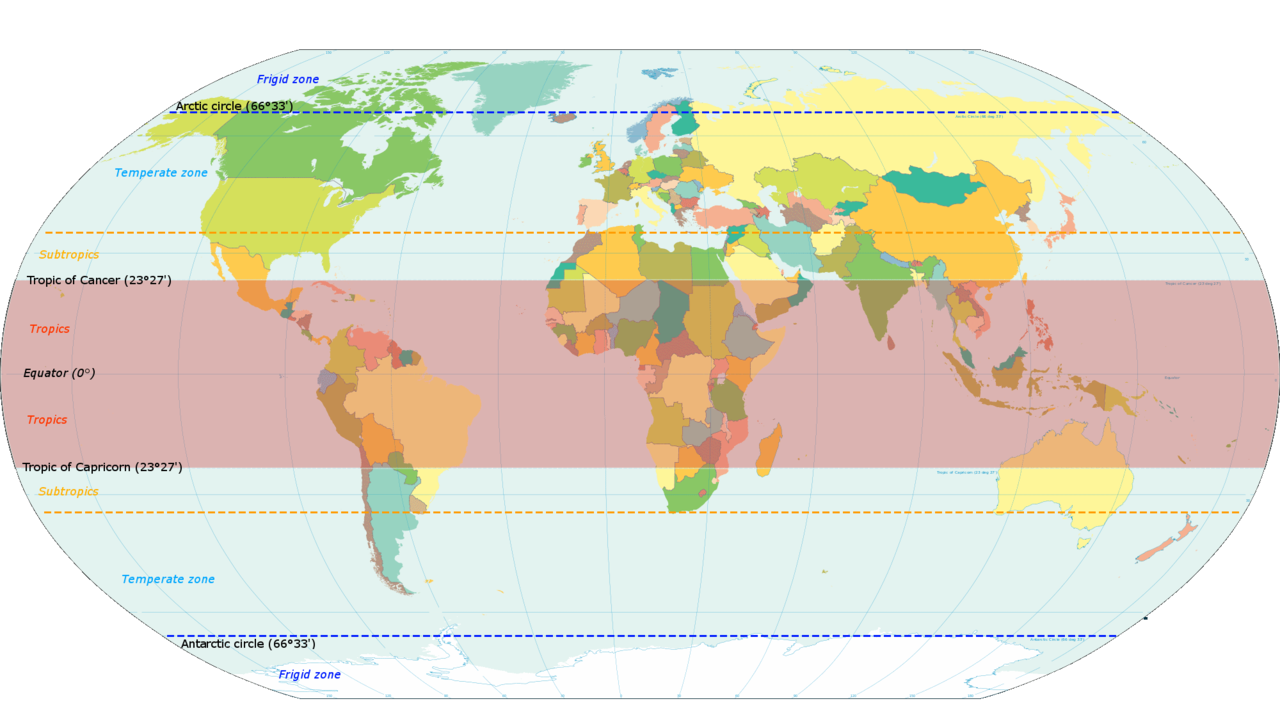Im Weiteren (Appendix H-J) ist dann nur noch von den akustischen Signalen die Rede (die südlich von Indien lokalisiert werden und nicht mit dem 7. Bogen zu vereinbaren sind.
Wahrscheinlich sind diese natürlichen Ursprungs:
1. The signals received at HA01 and RCS are from the same acoustic event, but the
source of the signals is unrelated to MH370.
This seems the most likely explanation as the characteristics of the received signals
are similar to those of some natural events. The origin of these events is not certain,
but they are thought to be of natural seismic origin. Events from this particular
direction are not particularly common, but do occur. An analysis of five years of
historical data from HA01 that was available to the authors indicated that over that
period there was an average of about one event per day from this direction.
App. H, S. 26
Die Geräusche passen allerdings zeitlich:
earliest possible impact time (00:19:49 UTC - north-western triangle), at the latest possible
impact time (00:51:00 UTC - south-eastern triangle)
Sollten die Signale doch vom 7. Bogen stammen, würde die Zeit nicht mehr passen.
S. 27
Anm.: Irgendwie ein Zirkelschluss, die Zeiten ergeben sich ja aus den Satellitendaten.
In den beiden weiteren Appendices wird dann noch auf mögliche weitere akustische Messungen eingegangen, die entweder von dem gleichen Ereignis sind oder auch nicht, also ingesamt sehr unsicher sind, oder auch von dem 7. Bogen stammen können, aber auch das ist unsicher, und bringt auch sonst nicht viel, der SIO ist nämlich nicht gut überwacht:
Das war's soweit, was ich gefunden habe...







